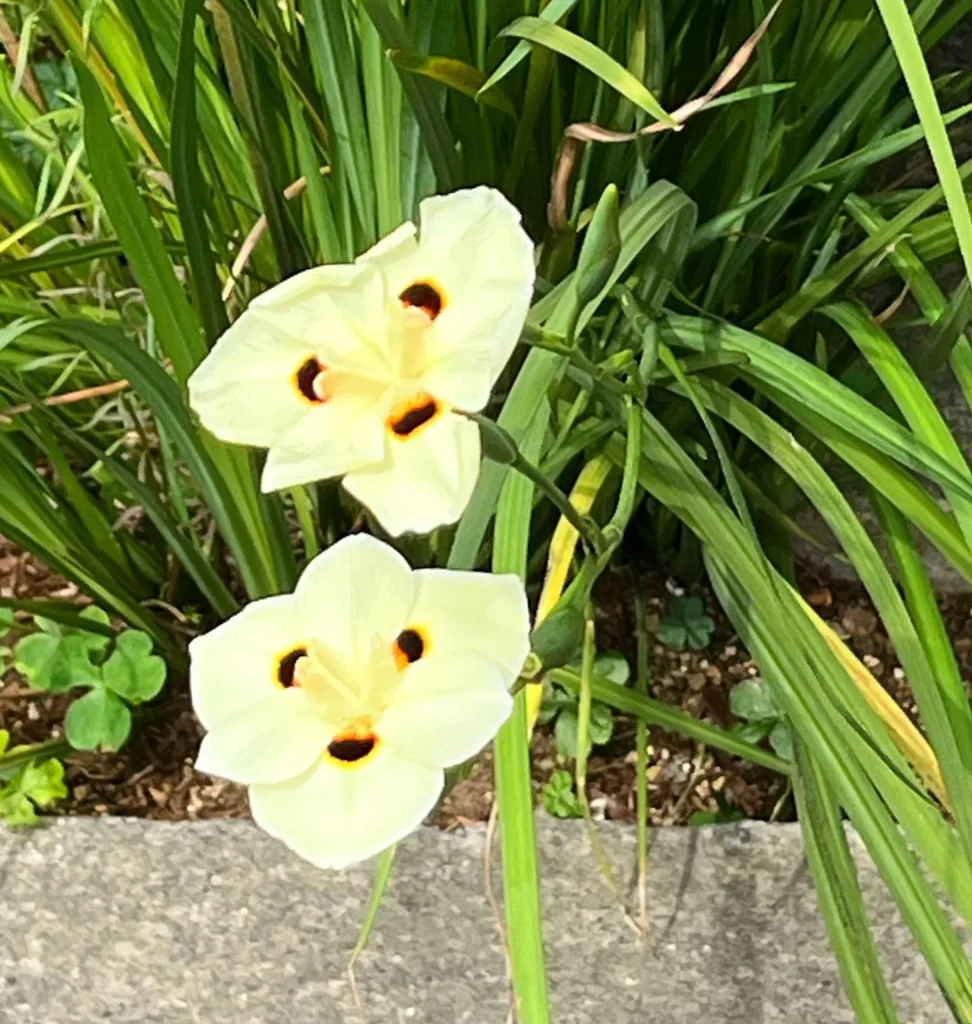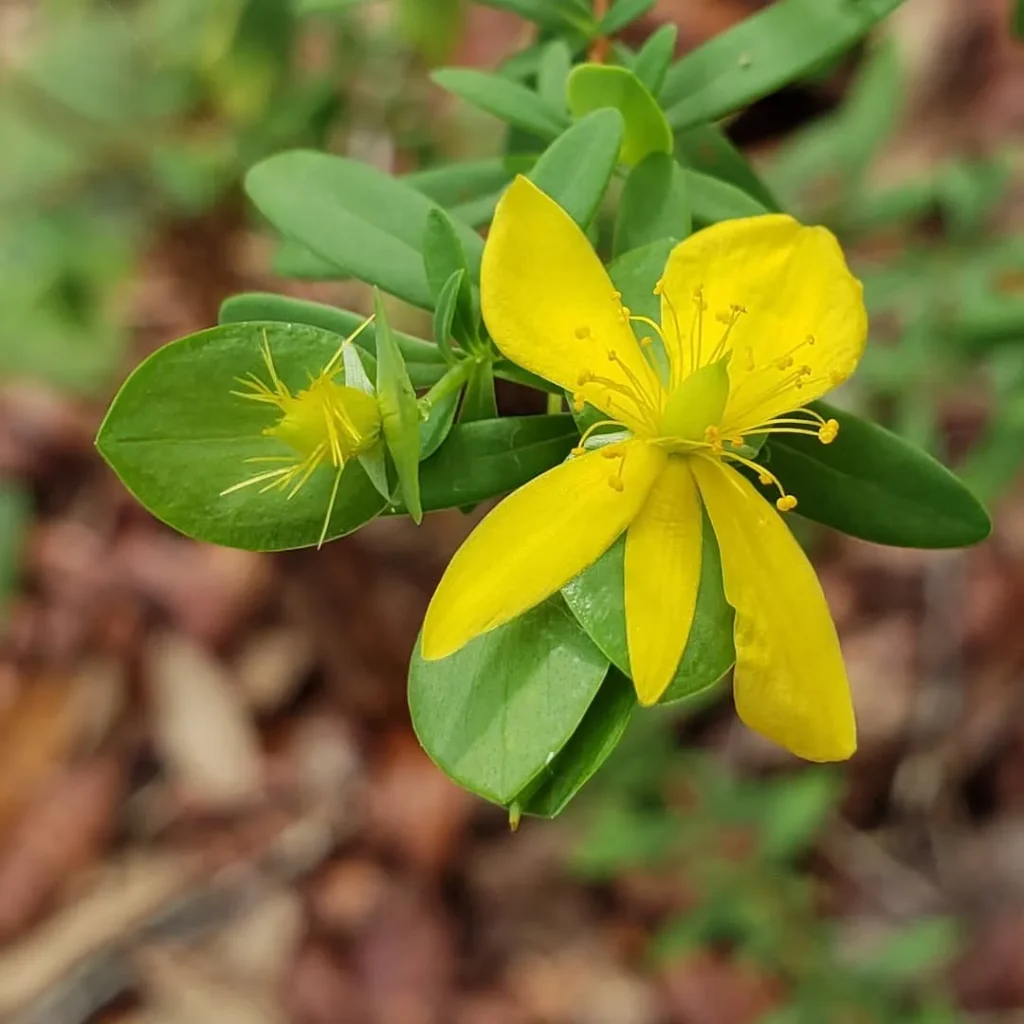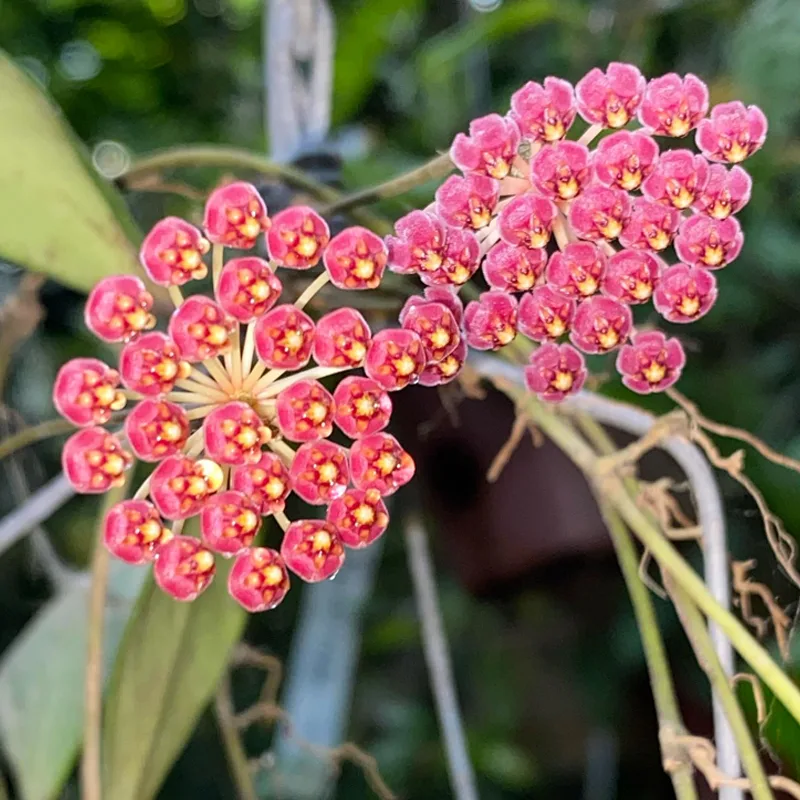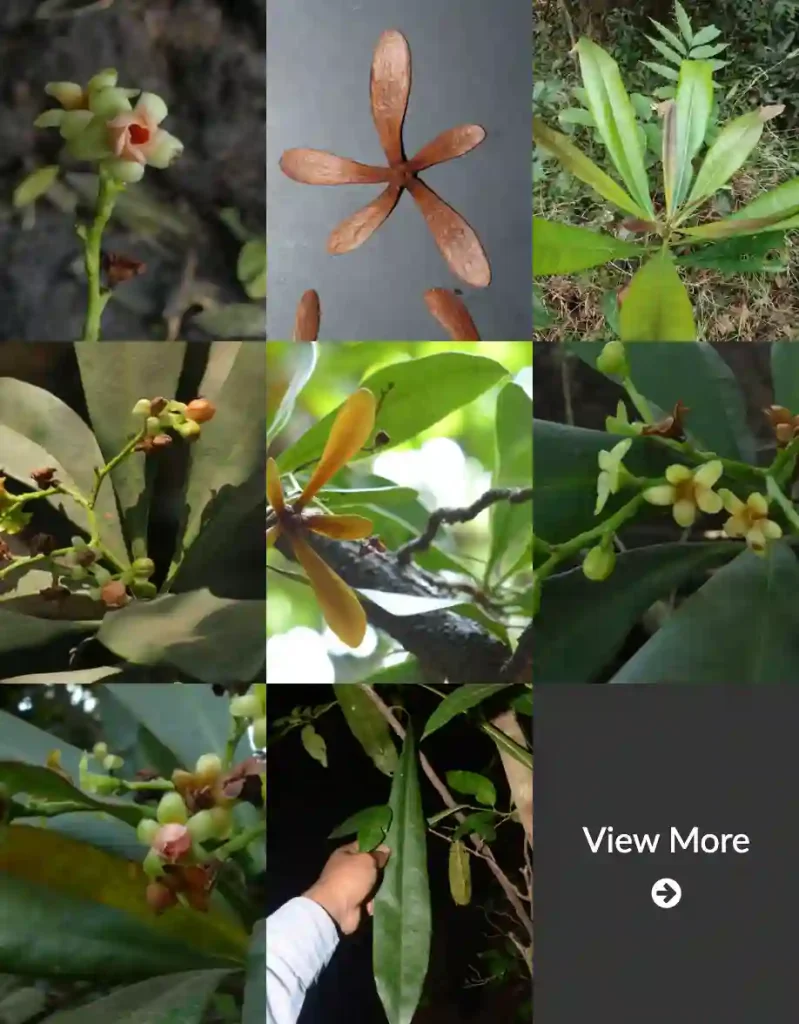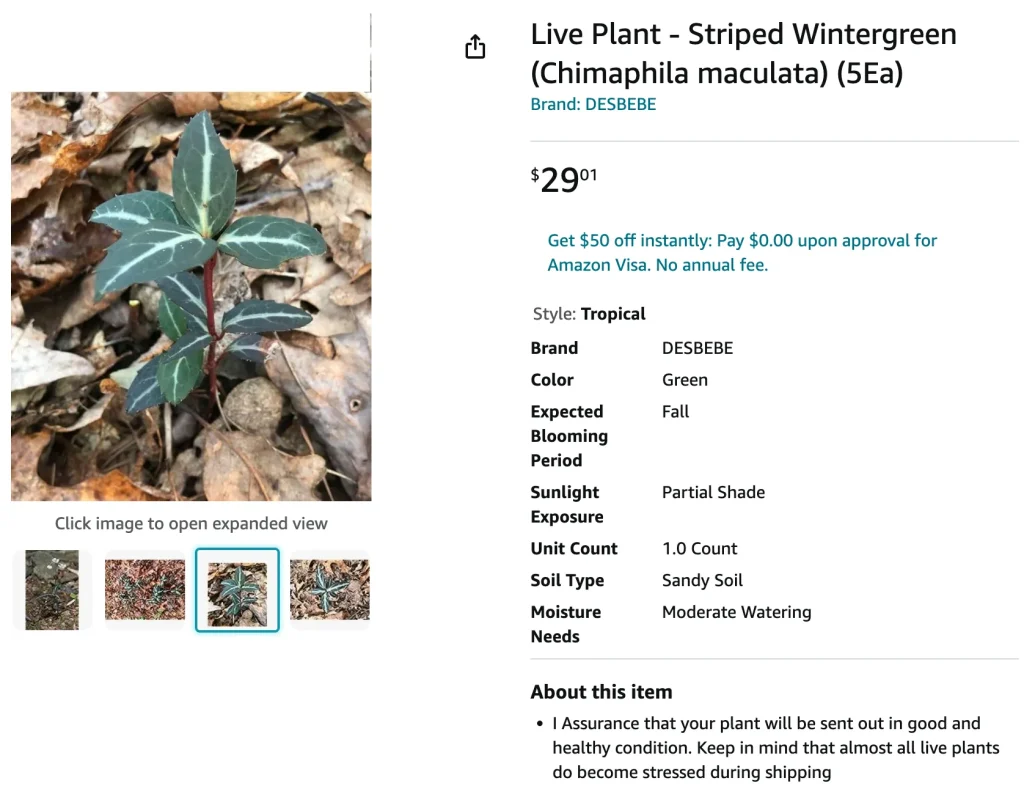
What is Chimaphila Maculata?
Chimaphila Maculata, commonly known as the Spotted Wintergreen, belong to the Ericaceae family, is a fascinating evergreen perennial native to North America’s woodlands. It thrives in the shaded, acidic soils of forest floors, often forming dense, low-growing mats. This plant is renowned for its striking, mottled foliage and delicate white to pinkish flowers that emerge in late winter to early spring. The glossy, leathery leaves with their distinctive white spots give it a unique, ornamental quality that makes it a favorite among woodland gardeners and plant enthusiasts alike.
Plant Family: 121 Genera in Ericaceae
How to Care for Chimaphila Maculata?
Caring for Chimaphila Maculata requires a bit of attention to detail, but it’s quite manageable. Here’s what I’ve found essential for its upkeep:
- Light Requirements: This plant thrives in low to dappled light. It’s perfect for shaded areas or under the canopy of trees. Direct sunlight can scorch its leaves, so it’s best to keep it in a spot where it gets filtered light.
- Soil: It prefers well-drained, acidic soil. I’ve had great results using a mix of pine needles, peat moss, and sand. It’s crucial to avoid heavy, clayey soils as they can lead to root rot.
- Watering: Regular watering is essential, especially during dry spells. However, make sure the soil is well-draining to prevent waterlogging. I usually water it when the top inch of soil feels dry.
- Temperature: Chimaphila Maculata is quite hardy and can withstand cold temperatures. It’s well-suited for USDA zones 4 to 8. However, in extremely cold areas, a layer of mulch can help protect the roots during harsh winters.
How to Propagate Chimaphila Maculata?
Propagation of Chimaphila Maculata can be done through seed or division, though it’s not the easiest plant to propagate. Here’s how I’ve approached it:
- Seed Propagation: Collect seeds in late summer and sow them in a cold frame or greenhouse. The seeds need a period of cold stratification to germinate. Place them in the refrigerator for about 6 weeks before planting. Keep the soil consistently moist and maintain a temperature around 65°F (18°C).
- Division: This method is often more successful. In early spring or late summer, carefully divide the plant clumps and replant them in separate locations. Ensure each division has a good root system and water well after planting.
What to Plant With Chimaphila Maculata?
Pairing Chimaphila Maculata with other shade-loving plants can enhance its beauty and create a lush, woodland garden. Here are a few companions that work well:
- Hostas: Their large, varied foliage complements the smaller, spotted leaves of Chimaphila Maculata.
- Ferns: Ferns like Christmas Fern or Lady Fern can add texture and fill in the surrounding space nicely.
- Heuchera: With their colorful foliage, Heuchera provides a striking contrast to the green and white of the Spotted Wintergreen.
Is Chimaphila Maculata Toxic?
No, Chimaphila Maculata is not considered toxic to humans or pets. This makes it a safe choice for gardens where children or animals play. However, as with many plants, it’s always a good idea to keep an eye on curious pets to avoid any potential ingestion of large quantities.
Benefits of Chimaphila Maculata
- Ornamental Value: Its unique spotted foliage and delicate flowers make it a standout plant in any shaded garden. It adds year-round interest with its evergreen nature.
- Ground Cover: It forms dense mats that can help with erosion control in shady areas. This makes it a practical choice for difficult spots in the garden.
- Wildlife Habitat: In its native habitat, it provides cover and food for various woodland creatures, adding to the biodiversity of your garden.
Common Problems with Chimaphila Maculata
- Root Rot: The most common issue is root rot due to poor drainage. Ensure the soil is well-draining and avoid overwatering.
- Pest Issues: While generally pest-resistant, it can occasionally attract scale insects or aphids. Regular checks and a gentle insecticidal soap can manage these problems effectively.
Compare with Other Similar Plants
Chimaphila Maculata vs. Chimaphila Umbellata: While both are in the same genus, Chimaphila Umbellata (Pipsissewa) has larger flowers and a more spreading growth habit compared to the more compact Chimaphila Maculata. The Spotted Wintergreen’s leaves are also more distinctly mottled.
Chimaphila Maculata vs. Gaultheria Procumbens: Known as Wintergreen, Gaultheria Procumbens is another evergreen ground cover but has more rounded, glossy leaves and red berries. Chimaphila Maculata’s distinctive leaf spots and its preference for deeper shade set it apart.
In summary, Chimaphila Maculata is a unique and beautiful plant that thrives in shaded, acidic environments. With the right care and conditions, it can be a delightful addition to any woodland or shaded garden. Its ornamental value, ease of maintenance, and non-toxicity make it a versatile and attractive choice for gardeners.
If i die, water my plants!
